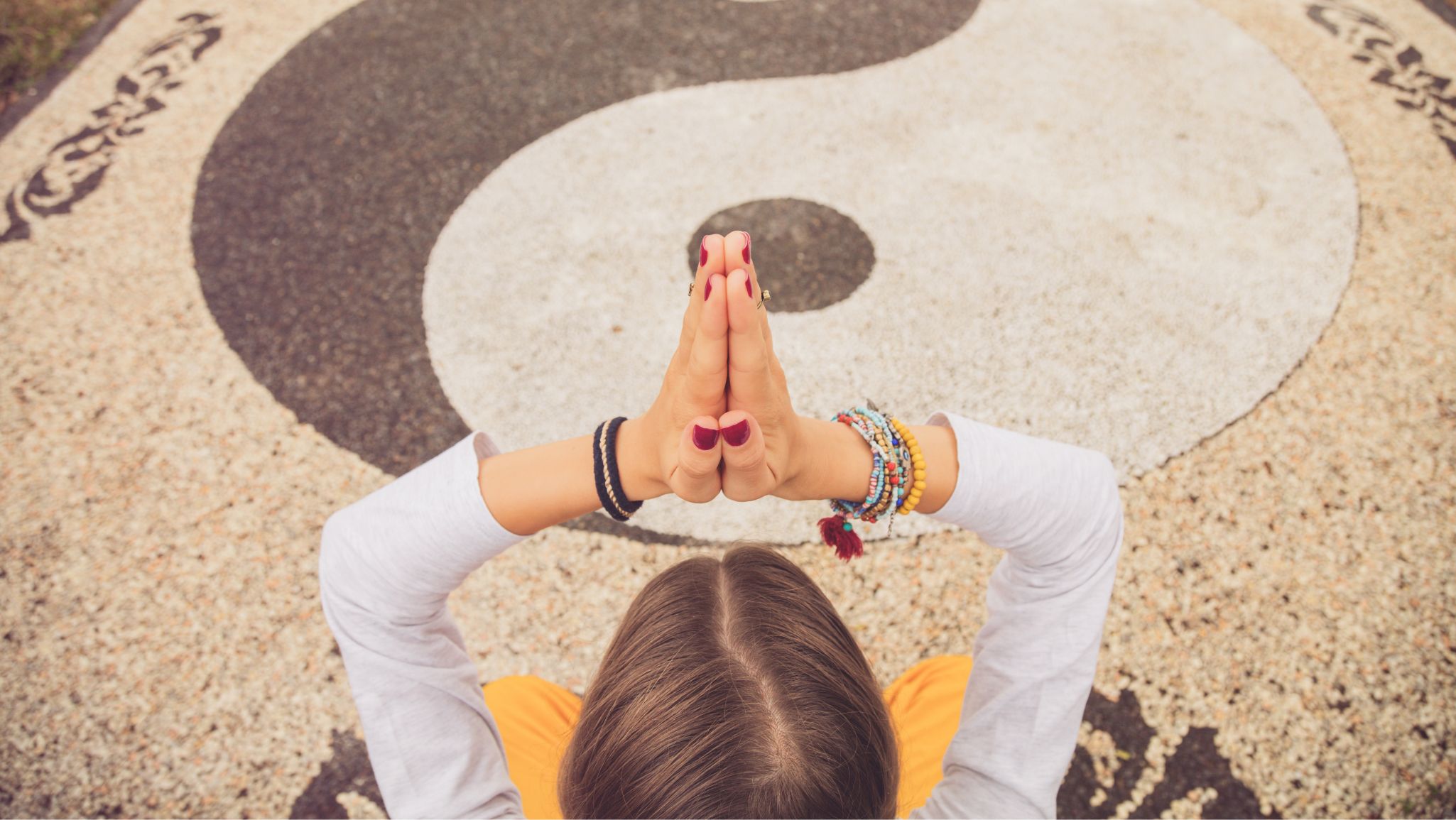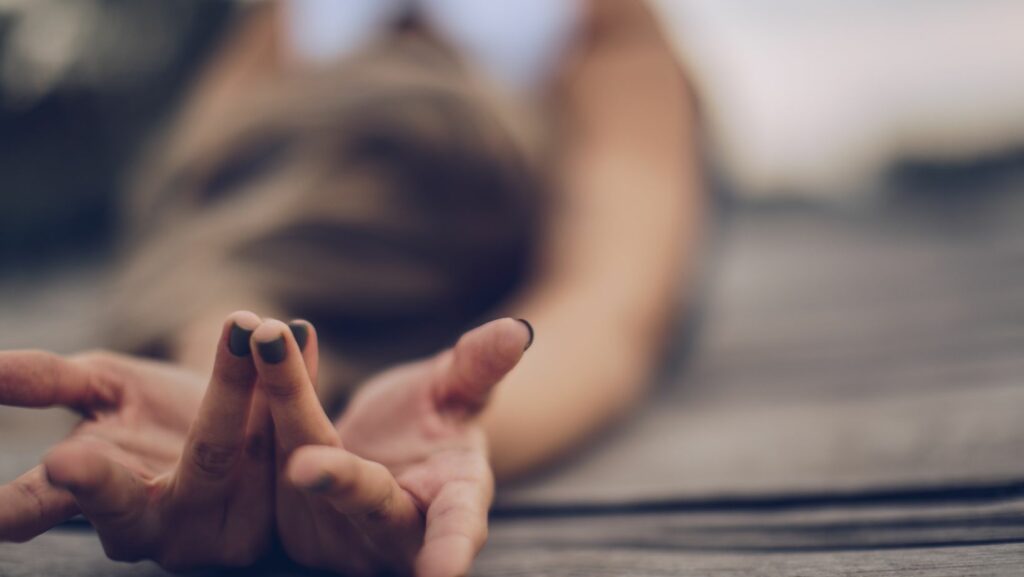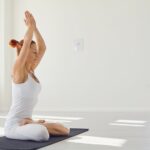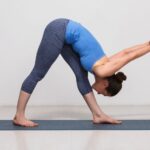
What is Yin Yoga?
Yin Yoga is a slow-paced style of yoga with poses, or asanas, that are held for longer periods of time. It is a meditative practice that cultivates awareness of inner silence. Yin Yoga poses are usually held for three to five minutes. They can be challenging, but the goal is to find stillness in the pose and connect with the breath.
Definition of Yin Yoga
Yin yoga is a practice that is focused on lengthening the connective tissues in the body, such as the ligaments and tendons, with the aim of increasing flexibility. The practice is done by holding poses for long periods of time, usually three to five minutes. Yin yoga is a slower-paced style of yoga and is appropriate for all levels.
Is Yin Yoga Hatha Yoga
Yin Yoga is a slow-paced style of yoga with postures, or asanas, that are held for longer periods of time. Yin Yoga poses are more passive, and mostly performed on the floor, with props such as blankets and pillows to support the body. The intent is to provide an experience of cooling and emptying the mind by accessing a different quality of energy within the body.
Yin Yoga was first introduced to the Western world in the 1970s by martial arts expert and Taoist yoga teacher Paulie Zink, but its roots can be traced back much further. Yin Yoga is based on the Taoist concept of yin and yang, which describes how opposites or contrary forces are interconnected and interdependent in the natural world, and how they give rise to each other in turn. In Taoist philosophy, yin represents feminine qualities such as receptivity and stillness, while yang represents masculine qualities such as activity and aggression.
In Yin Yoga, we cultivate yin qualities by passively relaxing into shapes that stretch the bones around our joints—wherever we tend to store our tension. For example, when we kneel in Camel Pose (Ustrasana), we let our head and heart Hang heavy toward the floor while gravity does its work opening up our chest; or in Dragonfly Pose (Puppy Pose), we melt our belly toward the floor to lengthen our low back.

The long holds in Yin Yoga stimulate what Traditional Chinese Medicine (TCM) calls the meridian system—a web of energy channels that run throughout our bodies like rivers—to help us unblock stagnant energy and encourage a free flow throughout these rivers. A main goal of yin practice is to access deeper layers of fascia—the dense connective tissues that encapsulate all our muscles, organs, and nerves—to help us open up physically, emotionally, and spiritually.
What are The Benefits of Yin Yoga?
Yin Yoga is a slow-paced style of yoga with passive poses that are held for longer periods of time. Yin yoga is beneficial for increasing flexibility, joint mobility and circulation. It is also a great way to reduce stress and promote relaxation. Let’s talk about some more benefits of Yin Yoga.
Improved Flexibility
One of the main benefits of Yin Yoga is improved flexibility. Yin Yoga poses are mostly passive, meaning that you are not actively working to stretch your muscles. Instead, you are allowing gravity and your own body weight to take you deeper into the pose. This can be beneficial for both your muscles and your joints, as it allows them to unwind and release tension.
Improved flexibility can also help to prevent injuries, as muscles and joints that are more flexible are less likely to be strained or pulled. If you are new to yoga, or if you have any concerns about your flexibility, it is best to start with a Yin Yoga class or DVD.
Improved Joint Health
Yin yoga is a type of yoga that is focused on lengthening and stretching the connective tissues in the body, such as the ligaments and tendons. This type of yoga can be beneficial for improving joint health, as it can help to increase flexibility and range of motion in the joints. Additionally, yin yoga can help to improve circulation in the joints and reduce stiffness.
Reduced Stress and Anxiety
Yin yoga is a type of yoga that is designed to reduce stress and anxiety. Yin yoga is based on the principle of Yin and Yang, which states that there are two forces in the universe that are in constant opposition to each other. Yin is the feminine force, while Yang is the masculine force. Yin yoga seeks to balance these two forces by providing a space for the body to relax and release tension.

Yin yoga is a slow-paced practice that involves holding poses for extended periods of time. This allows the muscles and connective tissues to relax and lengthen, which reduces stress and tension in the body. In addition, yin yoga can help to improve flexibility and range of motion.
How to Get Started with Yin Yoga
Yin yoga is a great way to relax and de-stress. It’s a slow-paced, meditative form of yoga that is perfect for beginners. In this article, we will cover all the basics of Yin Yoga, from how to get started to what to expect in a class.
Finding a Class
If you’re new to yoga, Yin Yoga may not be offered at your local studio. However, many studios offer a beginners class or an introductory series that will familiarize you with the basics of yoga. Once you’ve taken a few classes and built up your strength and flexibility, you can look for a Yin Yoga class in your area. You can also check online resources such as Yoga Journal or DoYogaWithMe, which offer descriptions and videos of different yoga styles, including Yin Yoga.
What to Expect in a Yin Yoga Class
Yin yoga is a slow-paced style of yoga with postures, or asanas, that are held for longer periods of time—five minutes or longer per pose is typical. Classes may also include shorter holds in some poses. Yin yoga generally targets the connective tissues of the hips, pelvis, and lower spine.
Proponents of yin yoga say that it helps to improve flexibility (particularly in the hips), to release the psoas muscle (which some believe to be the body’s emotional muscle), and to calm and focus the mind. Yin yoga poses are also thought to stimulate energy flow in the meridian lines of Chinese medicine.
If you’re new to yin yoga, start by taking a few regular hatha or vinyasa classes to get a feel for how your body moves in and out of yoga poses. When you’re ready to try a yin class, look for one that includes a variety of different types of yin poses so that you can experience a well-rounded practice.
Yin Yoga Poses for Beginners
In Yin Yoga, poses are held for several minutes at a time. This allows the muscles to relax and the connective tissues to open. Poses are usually done on the floor, and they are often quite passive, with the use of props such as blankets, bolsters, and straps.
If you are new to yoga, or if you are looking for a gentler practice, Yin Yoga may be a good choice for you. Here are some basic Yin Yoga poses to get you started.
Sitting positions:
- Butterfly Pose (Baddha Konasana).
- Seated Forward Bend (Paschimottanasana).
- Half Camel Pose (Ardha Ustrasana).
- Spinal Twist (Ardha Matsyendrasana) .
Lying positions:
- Supine Hand-To-Big-Toe Pose (Supta Padangusthasana).
- Bridge Pose (Setu Bandha Sarvangasana).
- Knees-To-Chest Pose (Apanasana).




